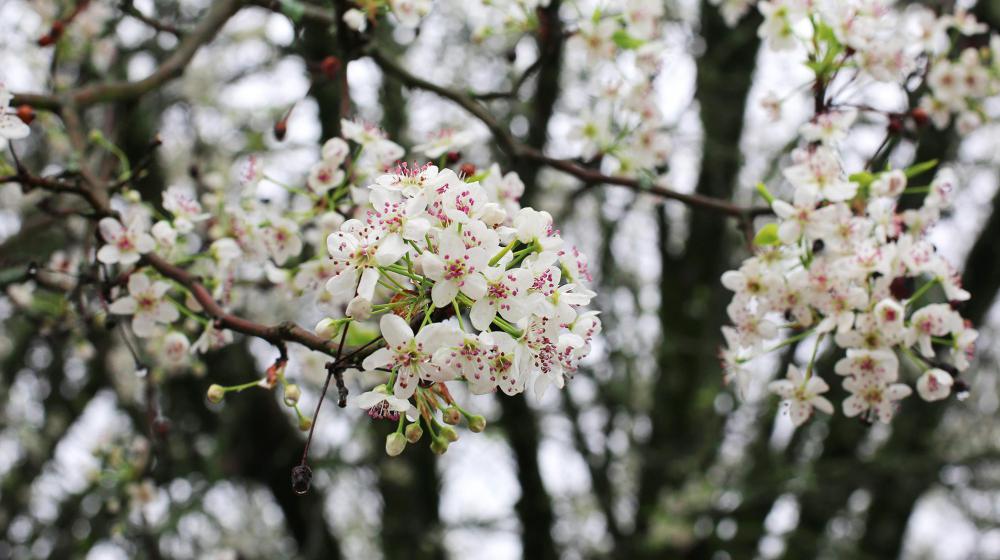The Fishy Truth about Bradford Pear Trees

Despite their beautiful appearance, the Bradford pear tree is not recommended to have in your landscape. (Photo from MSU Extension)
If you have Bradford pear trees on your property, you are quite familiar with the odor they release. How could such a beautiful tree smell like rotting fish? The odor isn’t the only thing that makes this tree undesirable.
There is a lot of controversy around these trees. In the 1960s, the Bradford pear tree was promoted as an inexpensive, ornamental landscape tree, causing them to grow in popularity. These trees are a non-native species brought over from Eastern Asia, meaning they were never intended to grow in the U.S. in the first place. They mature faster than the average tree, causing them to live for just about 25 years at most.
The biggest concern with the Bradford pear tree is its very weak branching structures. When there is ice or wind, the tree twists and loses its limbs. Insect damage or diseases can also cause the branches to split and fall frequently.
You can’t deny the beauty of these trees, and many people still love them for their gorgeous white blooms each spring. However, our horticulture specialists don’t recommend you plant them because of the tree’s brittle branches and obnoxious odor. In fact, some state’s are now banning them!
If you have a Bradford pear tree, there’s no need to cut it down until it becomes a concern. If you’re looking to plant a tree that has beautiful blooms like the Bradford pear tree, consider planting a native tree. Buckeye, redbud, serviceberry, magnolia, and dogwood trees are all great options!
For more information on native trees, check out Extension Publication 2330, “Native Trees for Mississippi Landscapes.”
Subscribe to Extension for Real Life
Fill in the information below to receive a weekly update of our blog posts.









